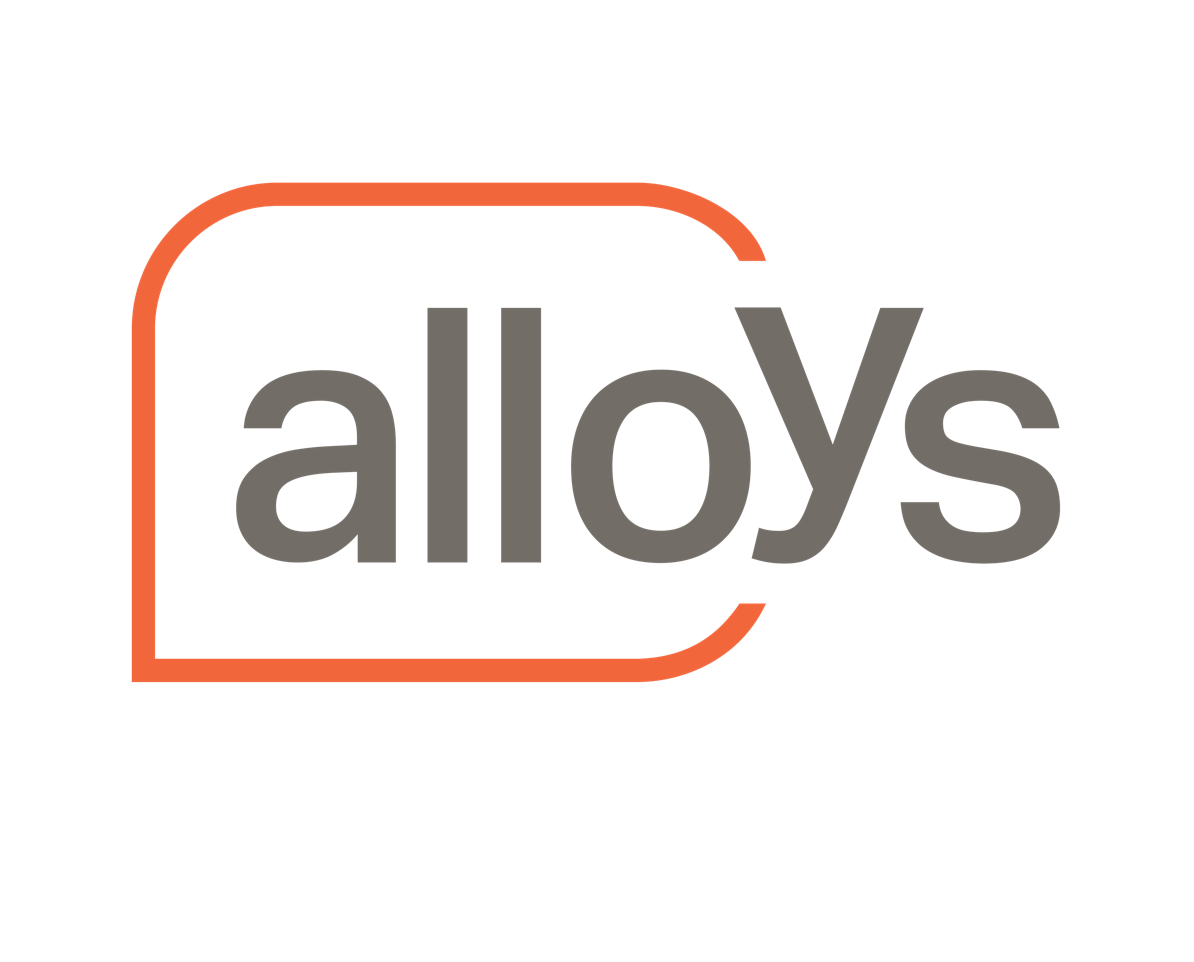With technology advancing rapidly in today’s society, it was only a matter of time until schools began integrating it into classrooms. So much so, that terms like ‘digital literacy’ and ‘digital native’ have developed as expressions of technological ability and status.
Classroom teaching, interaction and communication now almost always involve some type of technology. And although it is not the be all and end all to engaging students, it is practically impossible for younger generations to know a world without it.
So how exactly is technology benefiting students? We take a look at how the internet, assistive technologies and big-scale television productions have become a part of the modern classroom, and what it means for the future of education.
Embracing technology
Before the internet became as accessible as it is now, we sought information manually through books and print-based materials. These days, according to Associate Professor Joanne O’Mara from Deakin’s School of Education, ‘The use of iPads and the internet gives young people access to unprecedented amounts of information and misinformation.
‘Whereas in the past information was a scarcity, books were bought into the school, selected by the school library, carefully edited by publishing companies, and limited by school budgets, now there is a plethora of information.’
The focus now, Assoc. Prof. O’Mara notes, is on educating students how to discern information and recognise fact from fiction.
Technological advances in education have also particularly benefited students with special needs. Certain activities or tasks that were once a struggle for students to complete have now been made possible through the use of assistive technologies.
‘Many new technologies that are being used in schools have excellent accessibility features built into them that assist students with disabilities. For instance, speech-to-text and text-to-speech software is now accessible and sophisticated, assisting students with vision impairments or conditions such as motor dysgraphia,’ Assoc. Prof. O’Mara says.
In an effort to up the level of student engagement, teachers are also now able to draw on myriad education-based games, apps, and video available to help engage and educate students. A recent production between the ABC and Deakin Motion.Lab called Minibeast Heroes, for example, is one of the latest educational resources aimed at young learners and developed for teachers to use within the classroom.
Big ideas for growing minds
Minibeast Heroes is a six-part educational mini-series developed to help primary-aged students engage with curriculum-based science content. Each two-and-a-half-minute episode teaches students about a different insect, drawing on explicit links to the Australian Curriculum.
The production of the series is the result of a collaboration between ABC Education, ABC R+D and Deakin Motion.Lab (DML), a research group based within the School of Communication and Creative Arts at Deakin’s Burwood campus. Image: Deakin Motion.Lab and ABC Education
Image: Deakin Motion.Lab and ABC Education
Project leader Dr Jordan Beth Vincent from DML explains that the mini-series was produced using a virtual production pipeline which utilises ‘motion capture, facial capture and virtual production technology that has been developed over the past several years as a way to make the process of creating animated and computer generates (CG) content faster, cheaper and more creatively iterative.’
Harnessing innovative technology in combination with extensive research meant that content production could be done quickly and creatively without compromising the show’s quality – an important consideration when developing content for an audience comprised of young learners.
 Image: Deakin Motion.Lab and ABC Education
Image: Deakin Motion.Lab and ABC Education
In addition to ABC Me and ABC iView, the show is available on ABC Education for teachers to use directly within the classroom. There is also an additional 360 video experience available to virtually immerse users in the environment and see the bugs up close.
The production process and creativity behind the development of this educational mini-series is a testament to the level of innovation technology in education has now reached in comparison to years past.
Where to from here?
What the future holds for the place of technology in education depends on what it is and how it is used. Ultimately, utilising technology is not the only way to teach and engage students, but it is certainly a big part of education in today’s world.
According to Assoc. Prof. O’Mara, ‘There are already many technologies integrated into education systems, and the benefits of them always depend upon what they do and how they are used by systems, schools and teachers.’
Teacher training, cyber safety, and the cost of devices are also important factors to consider as education and technology become more closely integrated. This means ensuring both teachers and students are properly trained to use the technology, and that the devices needed aren’t putting families out of pocket.
But it is clear that technology in education is here to stay. Computer games, videos and apps developed as teaching material will continue to influence the way technology can be harnessed within education.


